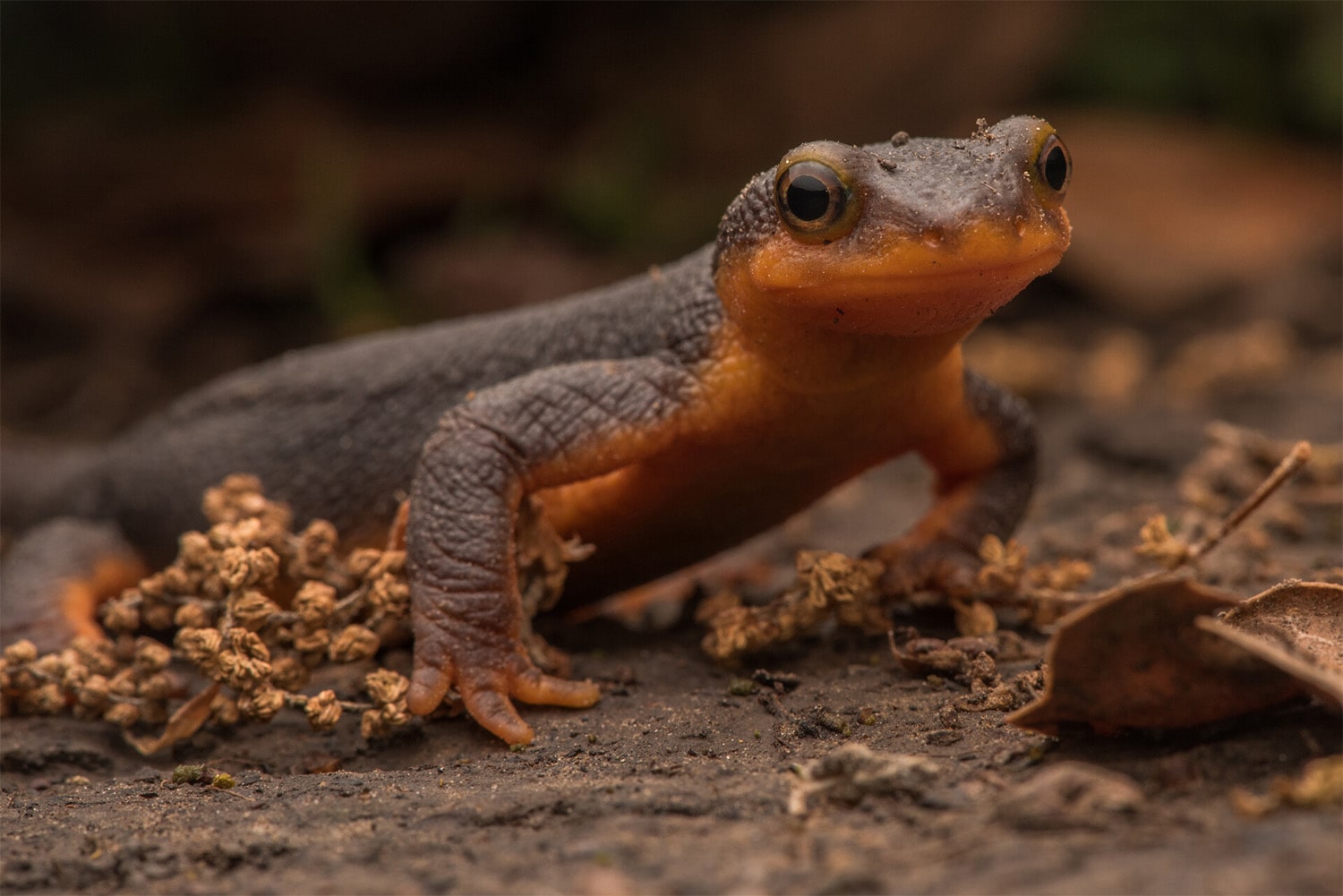
39 interesting facts about newts
- 👁️ 271
Newts are fascinating amphibians that belong to the family Salamandridae, which also includes salamanders. They are known for their distinctive appearance, including their smooth skin and the presence of a tail in both larval and adult stages. Newts are highly adaptable creatures, inhabiting a range of environments across Europe, North America, and parts of Asia. They play a crucial role in their ecosystems, both as predators and prey, and exhibit some remarkable adaptations that allow them to survive in various conditions. Here are 39 interesting and informative facts about newts that highlight their diversity, behavior, and unique characteristics.
- Newts are amphibians, which means they live part of their lives in water and part on land.
- There are over 60 known species of newts found across the world.
- Newts are closely related to salamanders, but they can be distinguished by their semi-aquatic lifestyles.
- Many newt species have brightly colored skin as a warning to predators that they are toxic.
- Newts have the ability to regenerate lost limbs, as well as other body parts like eyes, hearts, and intestines.
- The lifespan of a newt can vary significantly by species, with some living up to 20 years.
- Newts go through a process called metamorphosis, transforming from larval stage (tadpole-like form) to adult form.
- Some newt species return to the water only to breed, while others are almost entirely aquatic.
- Newts communicate with each other using visual signals, chemical cues, and occasionally through sounds.
- The rough-skinned newt found in North America is one of the most toxic animals in the world.
- Newts can survive in a variety of habitats, including forests, grasslands, and mountainous areas.
- Unlike most amphibians, newts have eyelids.
- The Great Crested Newt, found in Europe, is protected by law due to its declining population.
- Newts’ diets primarily consist of insects, worms, and small aquatic creatures.
- During the breeding season, male newts often develop more vivid coloring and may grow crests or other ornamentations to attract females.
- Female newts lay their eggs individually on aquatic plants, carefully wrapping each egg in a leaf.
- Newts have been studied for their regenerative capabilities, offering potential insights into human medicine.
- Some species of newts can tolerate quite cold temperatures and remain active under ice-covered water.
- Newts absorb oxygen both through their skin and lungs.
- The skin of many newt species secretes a poisonous substance that deters predators.
- In some cultures, newts have been associated with magic and witchcraft.
- The largest species of newt is the Japanese giant salamander, which can grow over 1.5 meters (5 feet) in length.
- Newt larvae have external gills, which they lose upon reaching adulthood.
- Unlike their larval stage, adult newts can live both in water and on land.
- The Iberian ribbed newt has ribs that puncture through its skin as a defense mechanism when threatened.
- Albinism, a condition resulting in a lack of pigment, can occur in newts, resulting in a completely white appearance.
- Some newt species undergo a period of dormancy during extreme weather conditions, known as estivation or hibernation.
- The palmate newt is named for the webbed feet of the male, which aid in swimming during the breeding season.
- Newts have been used as model organisms in scientific research, particularly in the field of developmental biology.
- The California newt can produce a toxin strong enough to kill most vertebrates.
- The term “eft” refers to a juvenile newt that has recently emerged from the water but has not yet reached adulthood.
- Newts are considered bioindicators, meaning their presence or absence in an environment can indicate its health.
- Conservation efforts for newts often focus on protecting their aquatic and terrestrial habitats from pollution and destruction.
- In the wild, newts face threats from habitat loss, pollution, and the introduction of non-native species.
- Newts use their tails for propulsion in water, making them efficient swimmers.
- Courtship rituals in newts can be complex, involving dances, nudges, and the transfer of spermatophores from male to female.
- Some newt species are capable of changing their sex in response to environmental pressures.
- The red-spotted newt of North America is known for its bright orange juvenile stage, called the red eft.
- Research into newt toxicology has led to advances in understanding how toxins affect nerve and muscle function.
Newts are a remarkable group of amphibians that showcase incredible adaptability, intriguing behaviors, and significant ecological importance. Their abilities to regenerate lost body parts
and produce toxins have fascinated scientists and nature enthusiasts alike. As vital components of their ecosystems, newts contribute to the balance of predator-prey relationships and serve as indicators of environmental health. The diversity among newt species, from their habitats to their reproductive strategies, highlights the complexity of the natural world. Efforts to conserve newt populations and their habitats are crucial for maintaining biodiversity and ecosystem functions. As research continues, newts will undoubtedly continue to provide valuable insights into biological processes and environmental conservation. Their story is a compelling reminder of the wonders of amphibian life and the interconnectedness of all species within our planet’s ecosystems.
Newts are fascinating amphibians that belong to the family Salamandridae, which also includes salamanders. They are known for their distinctive appearance, including their smooth skin and the presence of a tail in both larval and adult stages. Newts are highly adaptable creatures, inhabiting a range of environments across Europe, North…